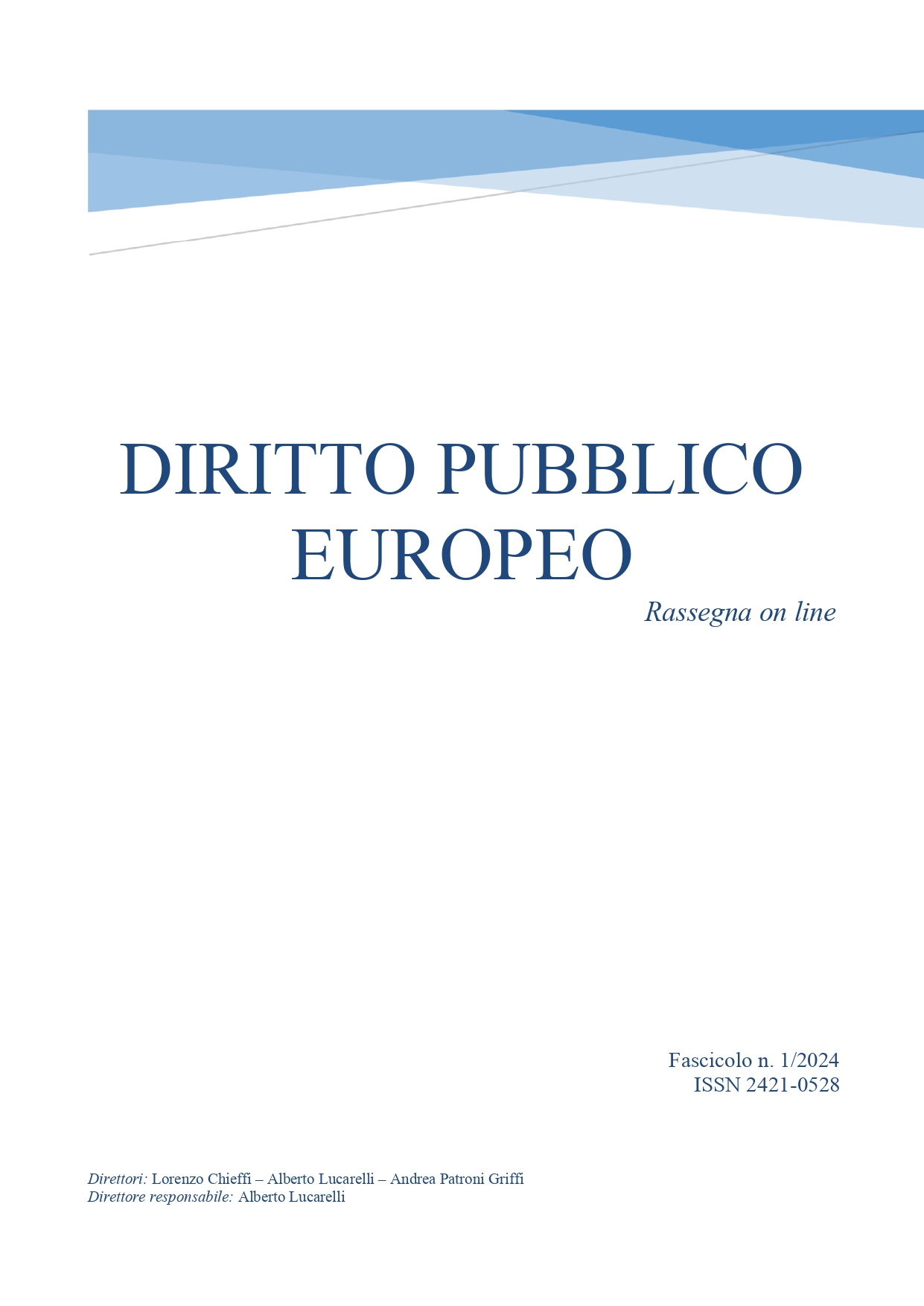La tutela dei migranti ambientali nel diritto dell’Unione europea: l’impatto dei recenti sviluppi della prassi giurisprudenziale nazionale e internazionale
Abstract
Da sempre le condizioni ambientali incidono sulla scelta di gruppi di individui di lasciare il loro territorio. Tuttavia, si stima che nei prossimi anni i flussi migratori connessi a fattori ambientali aumenteranno in maniera significativa a causa del crescente deterioramento dell’ambiente e degli effetti dei cambiamenti climatici. Di fronte a questo scenario, nell’ultimo decennio è cresciuto il dibattito in dottrina e in vari fori internazionali volto a stabilire se vi sia (o vi debba essere) un obbligo in capo agli Stati di garantire il diritto di asilo ai migranti che fuggono da condizioni ambientali avverse. In assenza di strumenti giuridici specifici in materia, le corti interne e il Comitato per i diritti umani delle Nazioni Unite nel noto caso Teitiota c. Nuova Zelanda hanno ricavato tale obbligo dal principio di non refoulement derivante dalle norme sui diritti umani. Inoltre, la crescente sensibilità delle corti interne e internazionali circa l’impatto del degrado ambientale sui diritti umani può facilitare la concessione della protezione ai migranti ambientale. In contrasto con queste tendenze, l’Unione europea è rimasta piuttosto inerte di fronte al fenomeno dei migranti ambientali. Il presente contributo mira a rilevare le principali sfide che i recenti sviluppi della prassi giurisprudenziale nazionale e internazionale in tema di tutela dei migranti ambientali pongono o possono porre alla politica comune di asilo e immigrazione dell’Unione europea. A tal fine, innanzitutto si vedranno quali sono le possibilità di tutela dei migranti ambientali nell’ambito del diritto dell’Unione europea. Successivamente, si analizzeranno gli sviluppi della giurisprudenza nazionale e internazionale in materia di tutela dei migranti ambientali. Infine, si offriranno alcune considerazioni finali sull’impatto degli sviluppi relativi al principio di non refoulement sul diritto dell’Unione europea
Downloads
Copyright (c) 2024 Federica Passarini

This work is licensed under a Creative Commons Attribution 4.0 International License.




